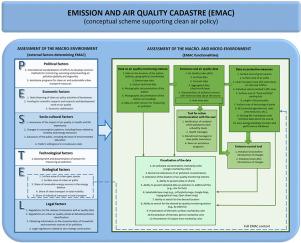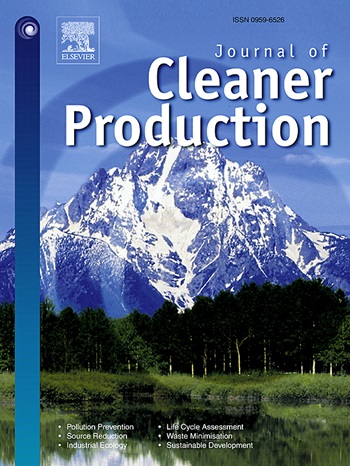How to design the Emission and Air Quality Cadastre? A conceptual scheme supporting clean air policy
IF 9.7
1区 环境科学与生态学
Q1 ENGINEERING, ENVIRONMENTAL
引用次数: 0
Abstract
Common knowledge states that prolonged exposure to air pollution negatively affects health. In the era of growing interest in air quality and widespread access to spatial data, there are increasingly more solutions in the field of maps and portals illustrating the concentration of air pollutants. They vary in detail, content, and analytical capabilities. Currently, there is no standardized cadastre of emissions and air quality that universally provides residents with information about air quality in selected places around the world. Therefore, the objective of this paper is to propose a model solution for the construction of the Emission and Air Quality Cadastre (EMAC). Business analysis methods were used in the research. To assess the macro-environment, i.e., external factors influencing the construction and development of EMAC, PESTEL analysis (identifies factors in six key areas: Political, Economic, Socio-cultural, Technological, Ecological, and Legal) and scenario analysis of environmental conditions were used. To assess existing map portals, the functionalities of which should appear in EMAC, the competitive profile assessment method was used. The implementation of the EMAC can contribute to increasing air quality awareness among residents of their area, encourage the implementation of actions to promote a healthy lifestyle, and help authorities take effective measures to protect the urban environment.

求助全文
约1分钟内获得全文
求助全文
来源期刊

Journal of Cleaner Production
环境科学-工程:环境
CiteScore
20.40
自引率
9.00%
发文量
4720
审稿时长
111 days
期刊介绍:
The Journal of Cleaner Production is an international, transdisciplinary journal that addresses and discusses theoretical and practical Cleaner Production, Environmental, and Sustainability issues. It aims to help societies become more sustainable by focusing on the concept of 'Cleaner Production', which aims at preventing waste production and increasing efficiencies in energy, water, resources, and human capital use. The journal serves as a platform for corporations, governments, education institutions, regions, and societies to engage in discussions and research related to Cleaner Production, environmental, and sustainability practices.
 求助内容:
求助内容: 应助结果提醒方式:
应助结果提醒方式:


